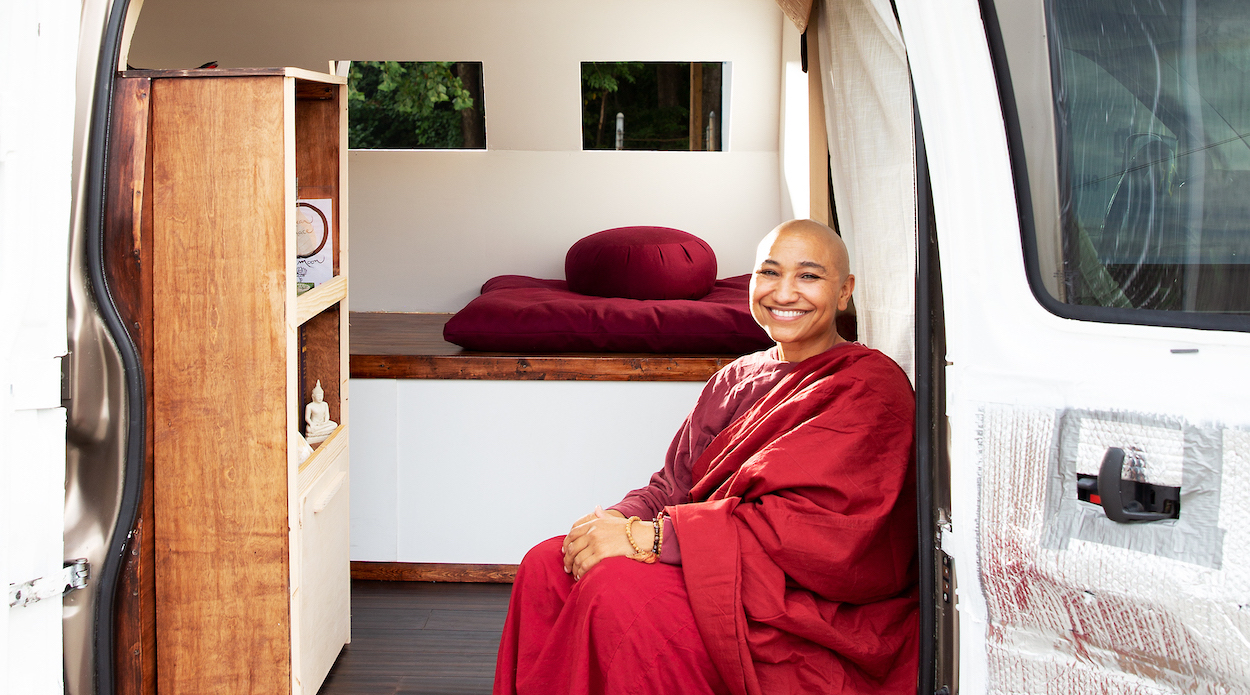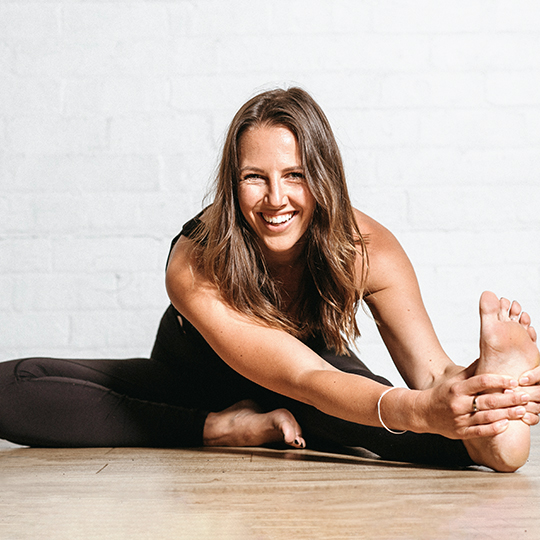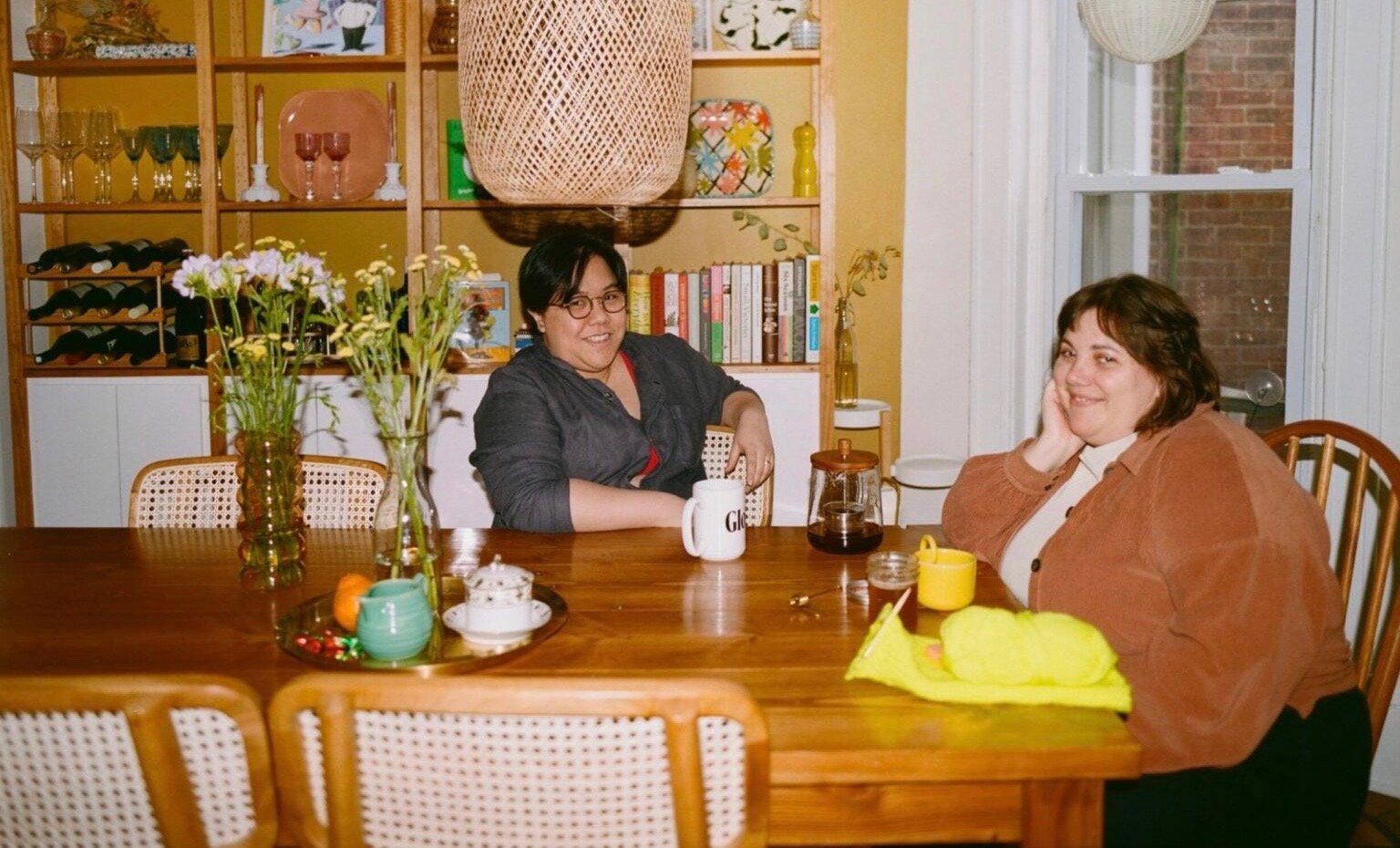Emotionally Unavailable? 5 Practices To Help You Open Up, Fast
Practice 1: Hold up the energetic mirror.

Advertisement
This ad is displayed using third party content and we do not control its accessibility features.
Image by Olga Moreira / Stocksy July 18, 2024 We carefully vet all products and services featured on mindbodygreen using our Our selections are never influenced by the commissions earned from our links. Have you ever felt confused, overwhelmed, or wondered how a friend or partner feels? Maybe you've gotten to the point in a relationship where you aren't moving forward. Perhaps the relationship has plateaued. When this happens, it is possible one or both of you are emotionally unavailable. Relationships, although very rewarding, can also be challenging at times. Both romantic and platonic relationships require an emotional investment, and sometimes, one gives more than the other. When we shut down or feel blocked emotionally, we are often acting from our wounded selves, the part of us that has been hurt in the past. In doing decade-long research on the psychology of human behavior for my books and in witnessing clients in my life coaching practice, I discovered a pattern. Many of us shut down emotionally to protect ourselves and prevent future hurt. But this keeps out what we want most—love, connection, intimacy—as we stay stuck in the cycle of protection. In order to grow closer to others and improve our relationships, we can practice self-awareness through personal growth tools. Here are five self-awareness practices and mindful techniques to help you become more available emotionally.
Practice 1: Hold up the energetic mirror.
If we don't understand ourselves fully, we may project out onto others. When we look at others' actions as a mirror, we can discover what their behavior tells us about us. The energetic mirror is a practice that can remind us that our outside world is a reflection of our internal state. As A Course in Miracles states, we attract to us what we are.
Ask yourself:
Then commit to meeting these needs within yourself first. For example, if you don't feel appreciated in the connection, ask yourself what part of your own self you do not appreciate. Then commit to approaching and honoring your whole self more.
Practice 2: Address feelings as they occur.
Instead of repressing feelings, lean into them by developing a mindfulness practice. My favorite is practicing breathing techniques, but doing a 10- to 15-minute meditation or writing in a journal can also support you in feeling the feelings.
Practice 3: Show the real you.
Learn how to build intimacy by sharing your true self. That means that as trust sets in, you increasingly share from your true emotional self.
When we do our best to show up authentically and speak openly and honestly to those closest to us, we invite others to do the same. This mutual authenticity leads to more profound and powerful emotional bonds.
Practice 4: Connect with your values.
Look at your values first and see how those around you reflect or deflect those. Start by revising your values so you can operate from a place of balance. We only accept the love we think we deserve. So, rewrite your values and create new rules for yourself.
You are not the wounded child who did not get their emotional needs meet. As an adult welcomes in love first with self-love and knowing your true worth. The best thing to do is get clear about your desires and get clear about how you want to be treated and feel. In doing this, you can make space for the right person.
Practice 5: Invite feedback.
Feedback helps people become better at controlling negative behaviors. When asking for feedback, be approachable and accountable.
Conversations help you connect deeper to others, and expressing yourself vulnerably while inviting feedback could improve your connections as it gives people a chance to express themselves and convey any roadblocks or areas of friction.
A beautiful unfolding often happens when we share ourselves with others. Those around us follow our lead and also share their vulnerabilities.
It becomes a vulnerability trade-off, and true intimacy and emotional availability ensue. Vulnerability builds connection. When we reveal our fears, doubts, and worries to others, it can strengthen our connections and encourage others to confide in us.

 UsenB
UsenB 

































